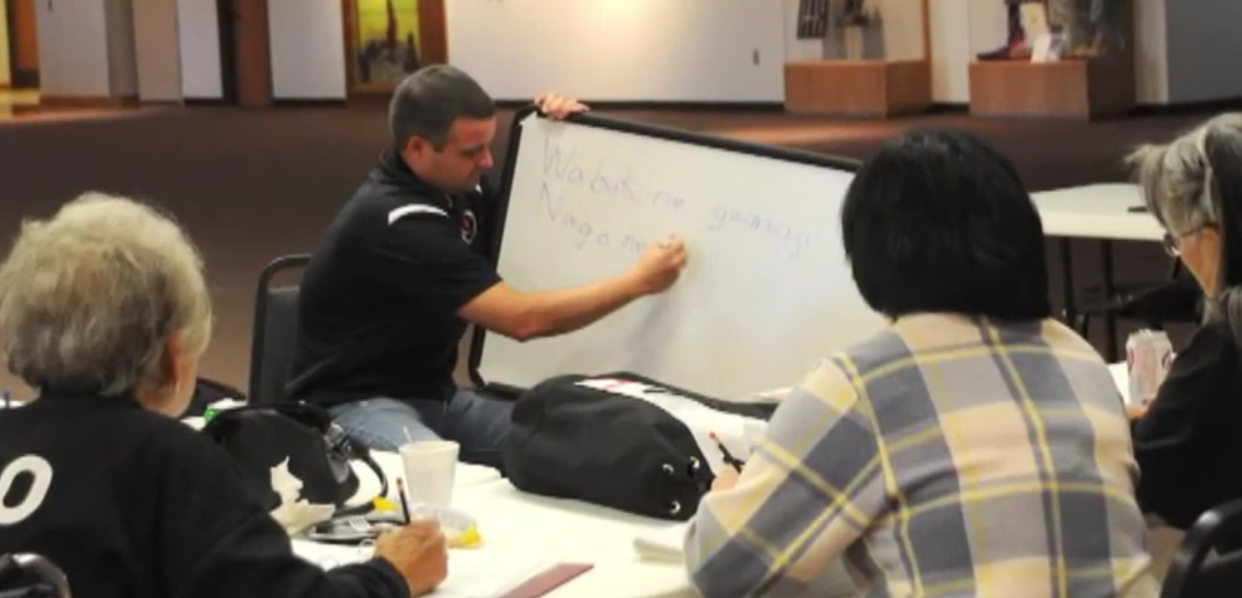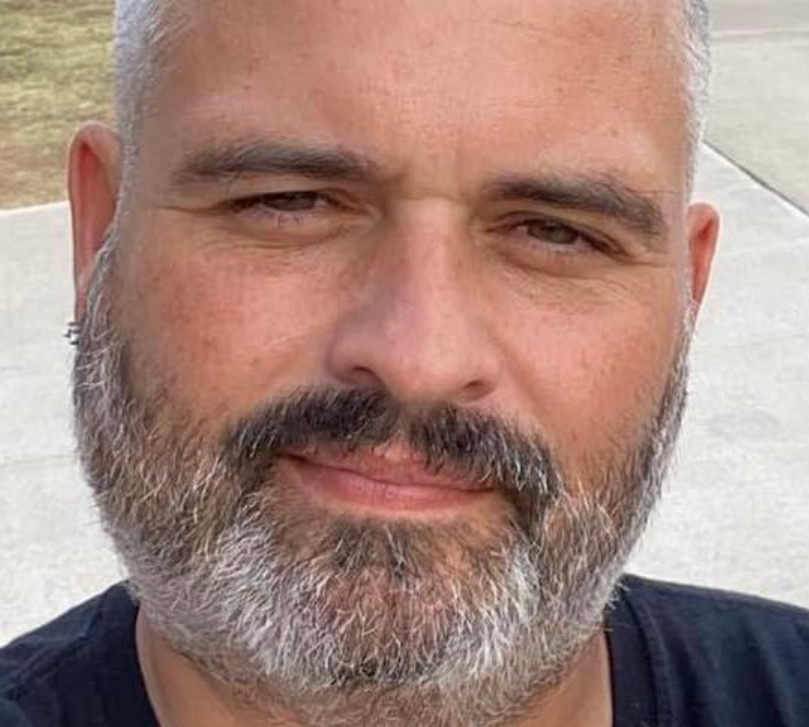
- Details
- By Justin Neely
Guest Opinion. The United States is home to more than 331 million people, yet only 21 percent of the population speaks more than one language—a staggering statistic compared to countries across Europe.
Foreign language classes, especially at the collegiate level, have declined in recent years. Additionally, languages are commonly lost between generations as immigrant families adapt to the dominant culture and struggle to stay connected to their parents’ mother tongue.
This phenomenon has also had a profound impact on Native American tribes. Out of 300 Indigenous languages once spoken in the U.S., only 175 remain. What can be done to stop their extinction?
Language learning apps, like Duolingo and Babbel, are rising in popularity. And in an effort to preserve its unique language and culture, the Citizen Potawatomi Nation (CPN) recently partnered with Google’s Arts and Culture department on Woolaroo, a new artificial intelligence learning experience. Woolaroo uses facial recognition technology to identify common objects, translating pictures into words in real time. CPN is the only Indigenous tribe in the U.S. featured, and this technology is one of the latest tools being used to keep the Potawatomi language, Bodéwadmimwen, alive.

The words and phrases people use are an extension of who they are. Learning a new language teaches how other communities see the world, which in turn teaches us about ourselves.
Some schools, especially those in states with rich Native histories, have begun offering more tribal language courses. CPN works with five higher education institutions across Oklahoma and Kansas to educate students who are interested in working with Indigenous communities and making strides towards language revitalization.
The Tribe’s language department also partners with Oklahoma public school systems to help students in middle school and high school achieve the World Language credit required for graduation.
Learning a new language poses many benefits, including improving memory and brain function, increasing creativity and the likelihood of securing employment. And people who choose to study a Native language also play an active role in preserving diverse Indigenous cultures, ensuring they endure for years to come.
New, innovative technology and expanded learning options make it easier than ever to adopt another language. And with so many tools and resources available, we have every reason to expand our communication skills and to protect endangered languages while doing so.
Justin Neely is the language director for the Citizen Potawatomi Nation.
Access the Potawatomi dictionary at potawatomidictionary.com,
More Stories Like This
Thanksgiving: Part of "Broken Circle Holiday"Thanksgiving is a Tradition. It's Also a Lie
Decisions About Us, Without Us: Education Dismantling Ignores Tribal Nations
What the Seismic Shift in Indian Education Could Mean
Cherokee Nation Helps Make Rural Transit Possible
Help us tell the stories that could save Native languages and food traditions
At a critical moment for Indian Country, Native News Online is embarking on our most ambitious reporting project yet: "Cultivating Culture," a three-year investigation into two forces shaping Native community survival—food sovereignty and language revitalization.
The devastating impact of COVID-19 accelerated the loss of Native elders and with them, irreplaceable cultural knowledge. Yet across tribal communities, innovative leaders are fighting back, reclaiming traditional food systems and breathing new life into Native languages. These aren't just cultural preservation efforts—they're powerful pathways to community health, healing, and resilience.
Our dedicated reporting team will spend three years documenting these stories through on-the-ground reporting in 18 tribal communities, producing over 200 in-depth stories, 18 podcast episodes, and multimedia content that amplifies Indigenous voices. We'll show policymakers, funders, and allies how cultural restoration directly impacts physical and mental wellness while celebrating successful models of sovereignty and self-determination.
This isn't corporate media parachuting into Indian Country for a quick story. This is sustained, relationship-based journalism by Native reporters who understand these communities. It's "Warrior Journalism"—fearless reporting that serves the 5.5 million readers who depend on us for news that mainstream media often ignores.
We need your help right now. While we've secured partial funding, we're still $450,000 short of our three-year budget. Our immediate goal is $25,000 this month to keep this critical work moving forward—funding reporter salaries, travel to remote communities, photography, and the deep reporting these stories deserve.
Every dollar directly supports Indigenous journalists telling Indigenous stories. Whether it's $5 or $50, your contribution ensures these vital narratives of resilience, innovation, and hope don't disappear into silence.
 The stakes couldn't be higher. Native languages are being lost at an alarming rate. Food insecurity plagues many tribal communities. But solutions are emerging, and these stories need to be told.
The stakes couldn't be higher. Native languages are being lost at an alarming rate. Food insecurity plagues many tribal communities. But solutions are emerging, and these stories need to be told.
Support independent Native journalism. Fund the stories that matter.
Levi Rickert (Potawatomi), Editor & Publisher
